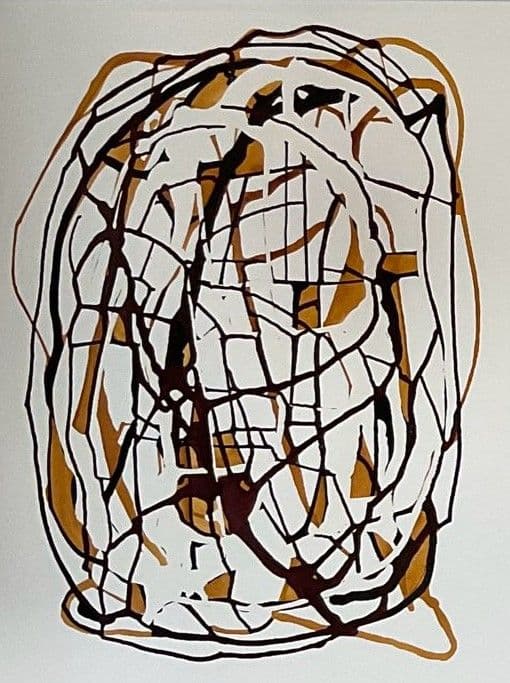
Fire and Loss: Julien Dumont's Lens on a Landscape Transformed
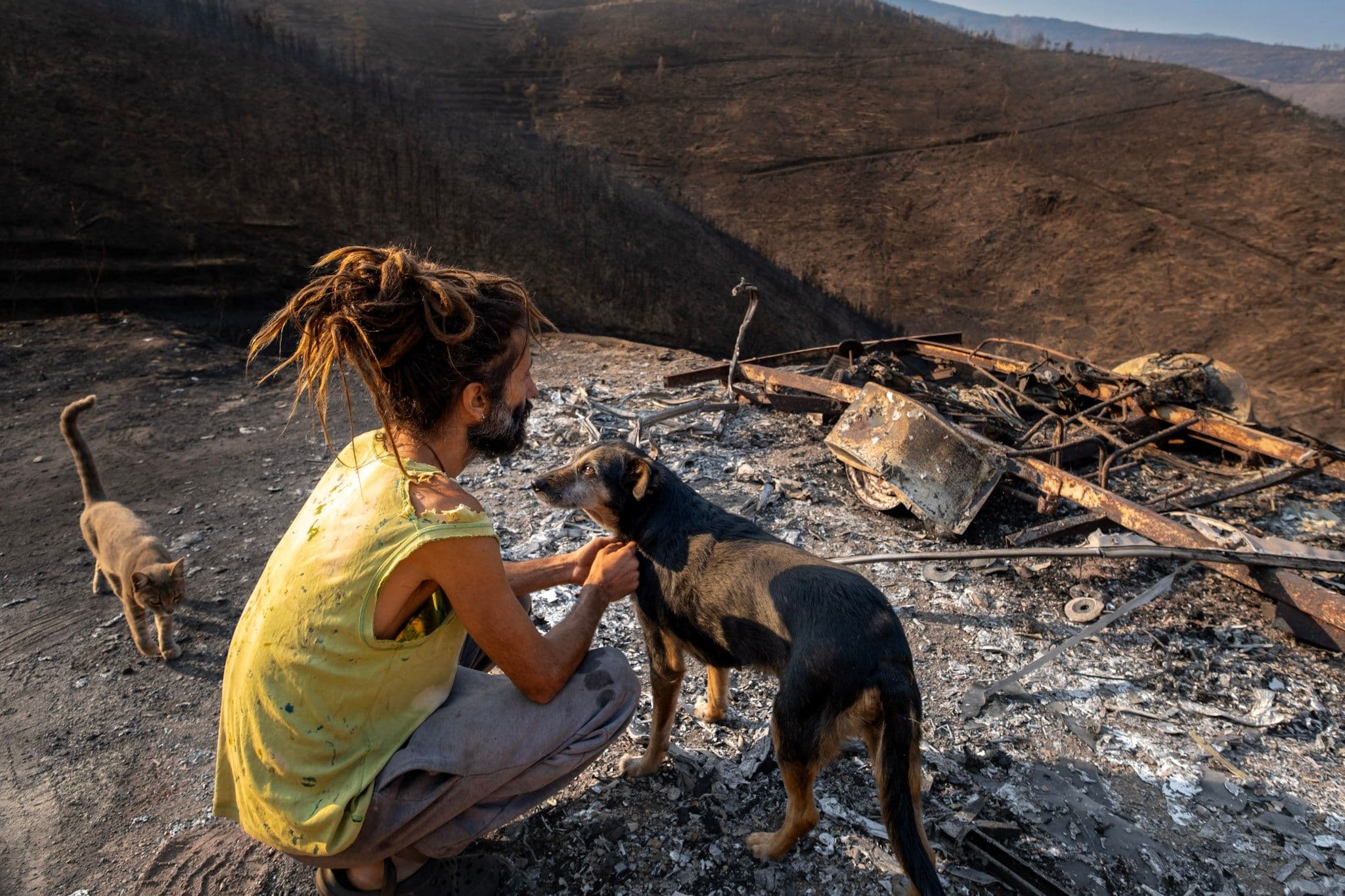
The summer of 2025 brought some of the fiercest wildfires Portugal has ever seen. Through a series of intimate portraitures, Swiss photographer Julien Dumont captures the deeply human side of the catastrophe — the loss, resilience, and quiet dignity of a community confronting a drastically altered landscape. This is the story of Relva Velha and its people, reshaped by the flames.
Benfeita's Embrace
Seeking a new way of life, Swiss photographer Julien Dumont, found his path leading to the Benfeita area, in a secluded nearby village nestled within Portugal's verdant central region. Here, surrounded by nature with crystalline streams, and the rhythmic pulse of rural existence, he together with his wife Corina discovered more than just a home; they found a sanctuary and a community of like-hearted people. It was a place where the concept of nature transcended mere scenery, becoming an active, living presence that shaped their daily lives and inspired new creative thought.

The rare native forest, with its cooler summer temperatures, and the surrounding mountains made the area feel both precious and sacred. They often enjoyed hikes through the valleys and mountains, observing the local flora and fauna, collecting water from natural springs, and tending a small array of young fruit trees. Last year, as a dedication to the future of the space, With the support of a local reforesting association, Corina and Julien planted over 400 indigenous saplings, an effort that reflected their lasting commitment to the region.
Smoke on the Horizon
The summer of 2025 became a sweltering chapter in Portugal’s climate history. In late June, the town of Mora recorded a staggering 46.6 °C, the highest June temperature ever documented in the country, confirming one of the warmest and driest Junes on record, as reported by Portugal’s meteorological authority (IPMA). The stifling heat didn’t relent; August brought an extended “hot weather episode” with inland maximum temperatures soaring between 36 °C and 44 °C, while coastal zones endured sweltering tropical nights.This combination of extreme heat and dryness created the ideal tinderbox conditions. It was within this scorching context that the summer of the fires brought with it an ominous shift in Benfeita's atmosphere.
At first, it was almost nothing — a faint plume of smoke on the horizon, drifting across the valley. It looked like a localized fire, something far away, a problem surely being handled. Days passed, and the plume did not vanish. Instead, it grew darker, denser, spreading wider until its acrid sting began to seep into the air of the village. The smoke no longer seemed distant. It was present, persistent, unsettling.

Julien, like many residents, found himself watching the ridges with a cautious eye. Fires had always been part of life in the countryside, but rarely did they come so close, rarely did they feel so threatening. Still, there was disbelief — a quiet insistence that it couldn’t happen here, not in this valley, not to the forests and hills that had always seemed unshakable. Yet the days of waiting brought no relief. The smoke thickened. The sky turned a bruised, unnatural shade.
Then, one evening, the flames themselves became visible, cresting the ridge in scattered flashes of orange. What had begun as a thin, creeping line of fire now stretched across the mountain front, kilometers wide, moving with a slow but relentless intent. The firemen fought back with counterblazes, controlled lines of flame meant to starve the inferno of fuel. For a time, it seemed to work — a measure of hope in the face of rising dread. But the winds shifted, the counterfire faltered, and the main front pressed forward once more.
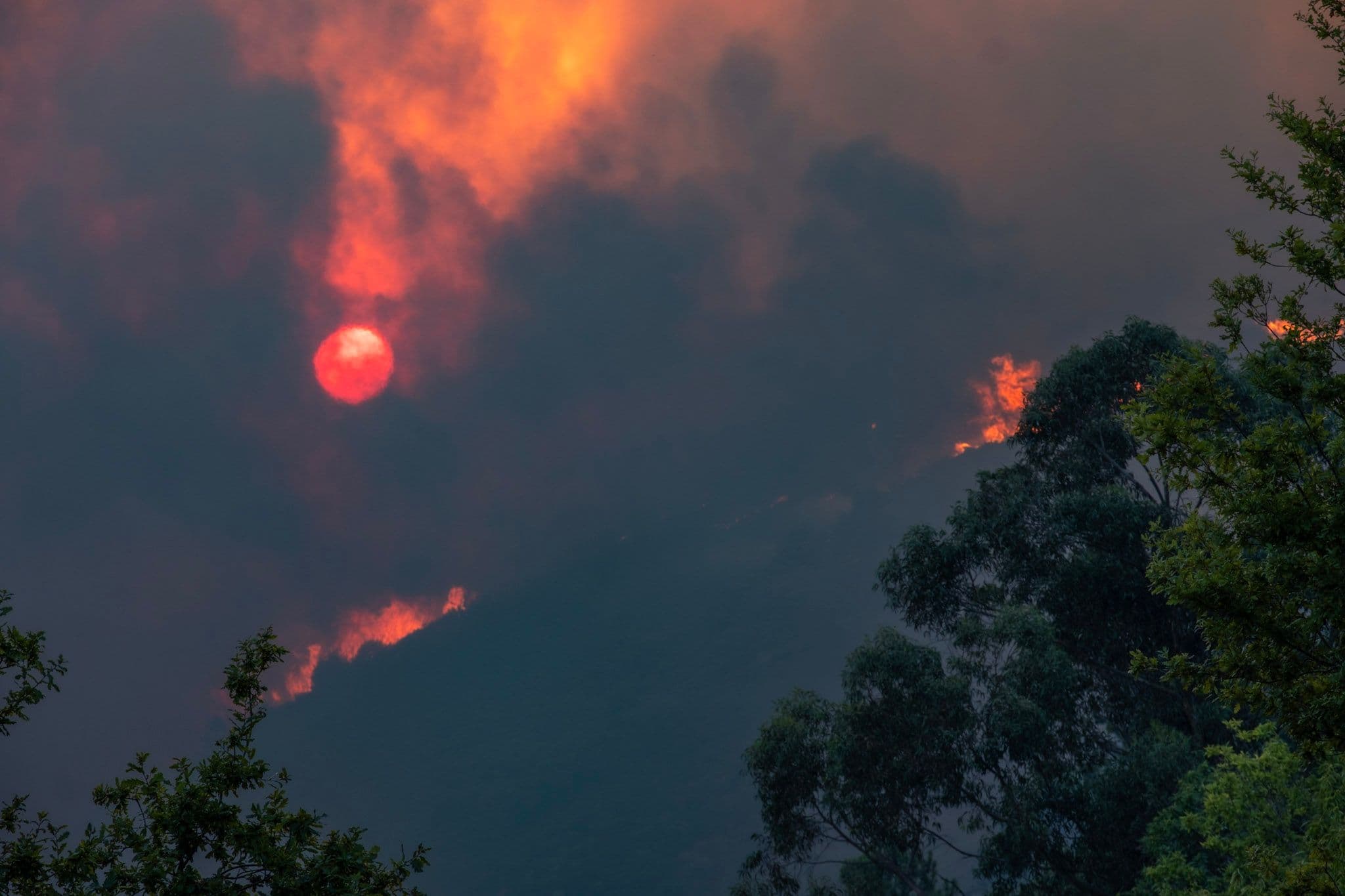
Overnight, the glow above the mountains grew brighter, and the sound of crackling timber carried further down the slopes. The valley that had once been a refuge now felt like a trap. Sleep came in fragments, broken by the faint smell of burning pine drifting through the air. By morning, the fire was no longer a spectacle on the other side of the mountain. It had reached the nearest ridge, just above village where Julien lived.
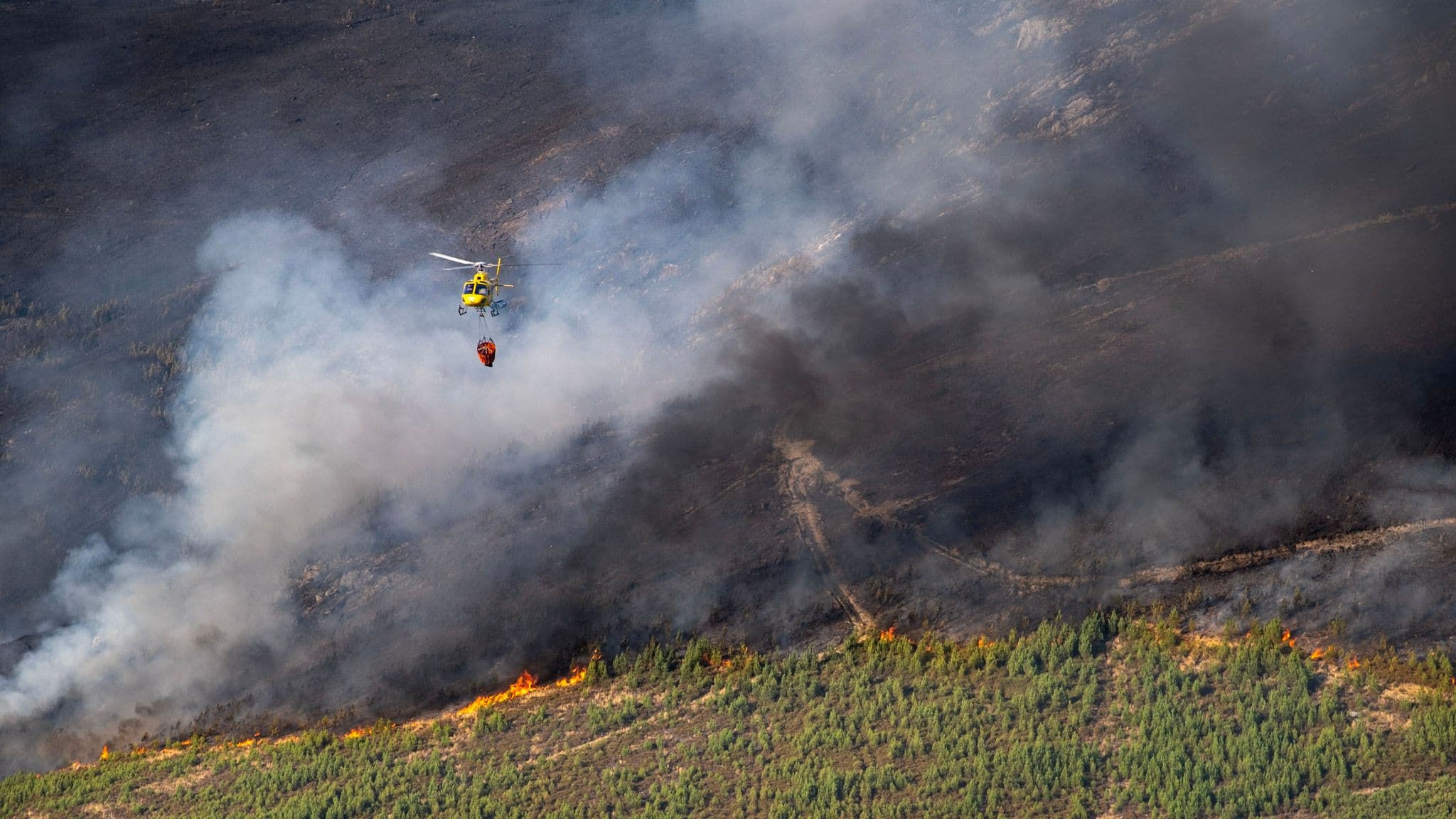
The decision to leave was not gradual but sudden, pressing itself upon him with undeniable urgency. There was no time for sentimentality, only the stark calculation of what could be carried and what must be left behind. The forest, the orchard, the paths he had tended and walked daily, all stood vulnerable before an advancing force that would not stop.
A Landscape Transformed by Ash
Returning to his village of Relva Velha after the fire's immediate fury had subsided was an experience akin to stepping into a post-apocalyptic wasteland. The air, once scented with forest and damp earth, now carried the heavy, lingering odor of ash and burnt wood. The vibrant greens and earthy browns that defined the region had been replaced by a monochromatic tableau of charcoal and grey, an unsettling silence broken only by the crunch of cinders underfoot and the distant bell of the village church.

For Julien Dumont, the visual shock was profound. The familiar contours of the land, the individual trees he knew intimately, the paths he had walked daily – all were obliterated or grotesquely transformed. What had been a lush, living forest was now a skeletal expanse of charred trunks, etched against a hazy sky. This was not merely environmental damage; it was the destruction of a community and everything it had built.

Homes were destroyed, leaving families without shelter. Fields, orchards, and gardens where generations had worked and shared memories were reduced to ash. The green lung of the region, the forests and valleys that had sustained life and shaped the village, had vanished. Residents wandered through a landscape unrecognizable, where the familiar contours of their environment—the places they had grown up with, the paths they had walked, the spaces that held their history—were gone. The scale of loss was overwhelming, a tangible despair that touched every corner of the region.

Returning to daily life after the fires was difficult, but Julien felt he had a role to play. He realized a project could allow him to contribute to the community through his art, inspiring a photographic series dedicated to documenting the human side of the Benfeita fires. The devastation had left an indelible mark on the region, and Julien’s work became a way to connect with the people who had lived through it.
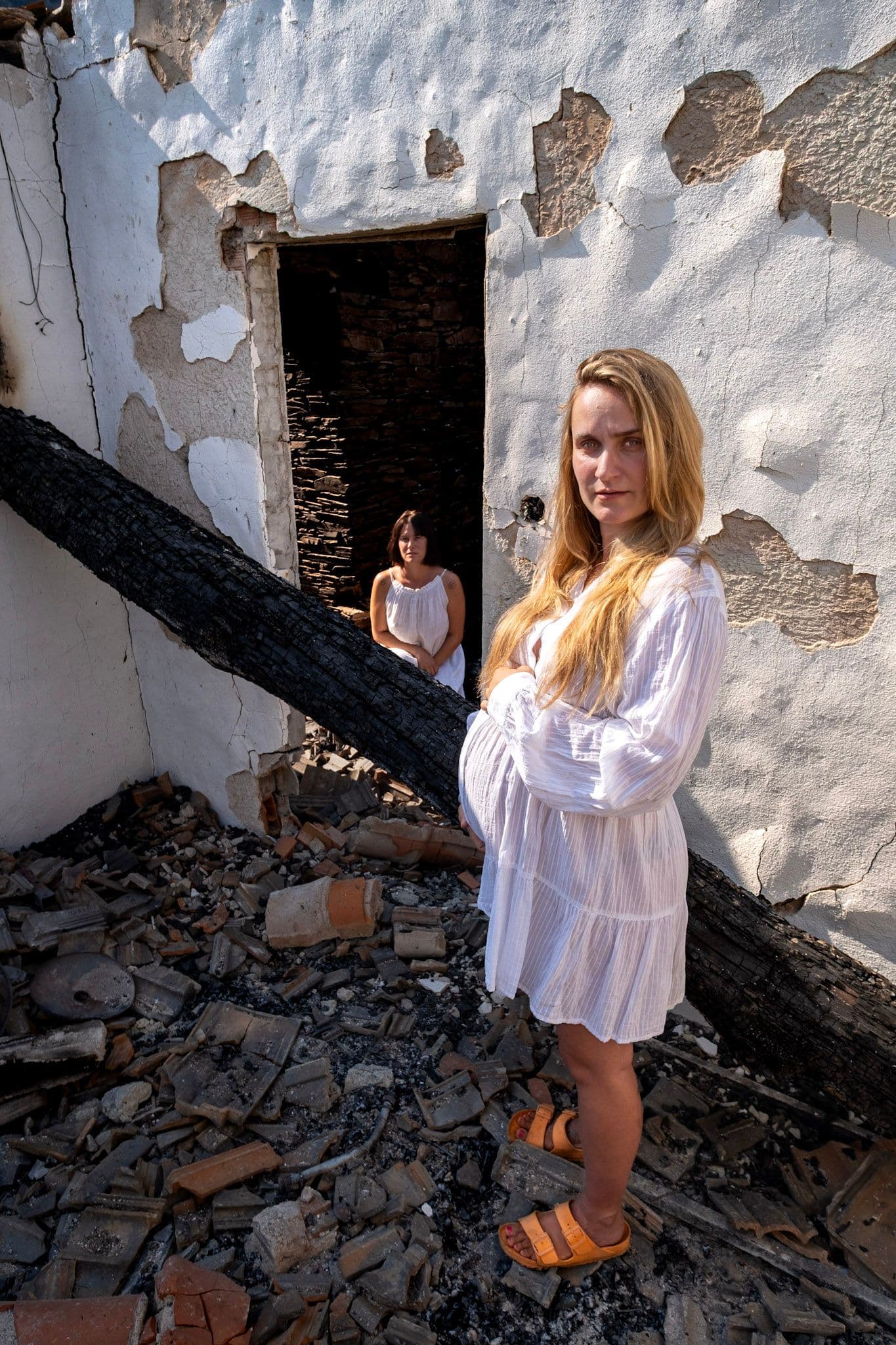
Through the series, Julien seeks not only to bear witness, but also to foster a sense of closure and resilience for the community. His portraits capture residents confronting loss, highlighting their strength, dignity, and the deeply personal ways their lives have been transformed. Working closely with residents, he listens to their stories and portrays them with care and respect, emphasizing their connections to the land and community. The photographs are intended to accompany a fundraiser for the village’s recovery, turning creative expression into tangible assistance. In doing so, the series stands as both a record of loss and a testament to human endurance, capturing the profound psychological and emotional landscape of a community confronting the aftermath of environmental disaster.
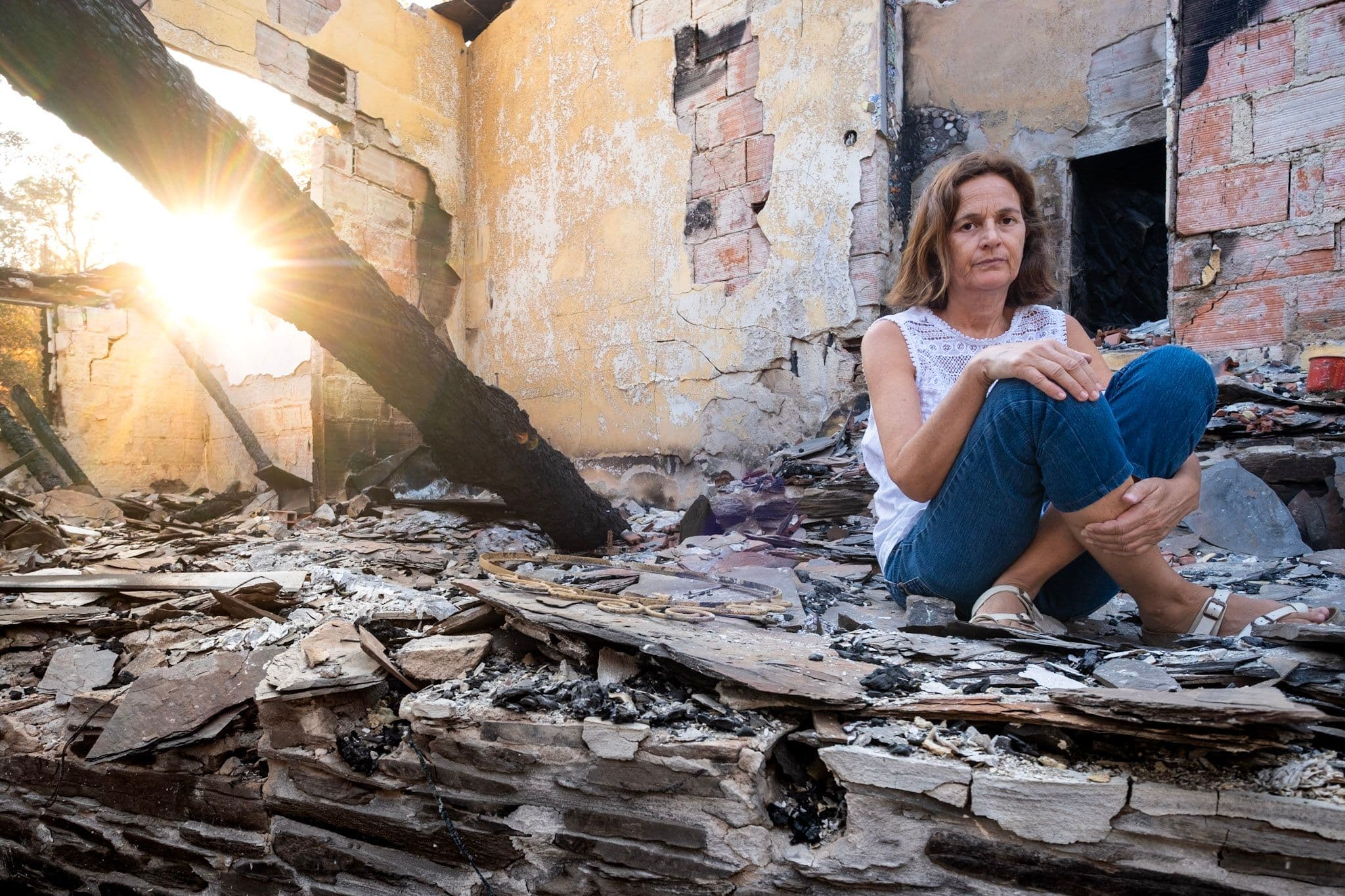
While the story of Relva Velha captures the profound impact on one village, it represents only a small glimpse of the devastation Portugal endured during the summer of 2025, when the country experienced its most devastating fires on record. Across the country, countless communities faced loss, displacement, and the destruction of landscapes, a stark reminder of the growing vulnerability of rural areas to climate-driven disasters.
Help the community of Relva Velha rebuild by contributing to the recovery fundraiser

Written by


Investing in Contemporary Art: A Comprehensive Guide
